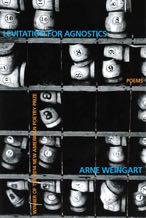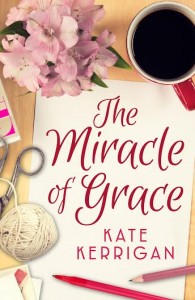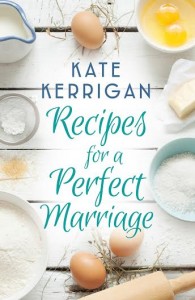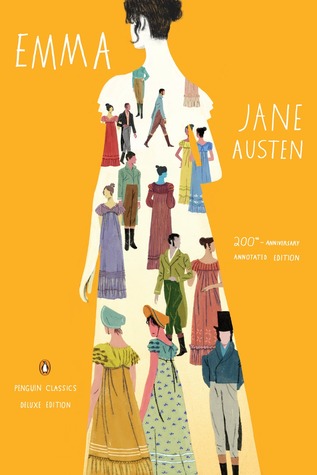Please welcome Meg Kerr to the blog today and stay tuned for the giveaway.
About the book:
Georgiana Darcy at the age of fifteen had no equal for beauty, elegance and accomplishments, practised her music very constantly, and created beautiful little designs for tables. She also made secret plans to elope with the handsome, charming and immoral George Wickham. Will the real Georgiana Darcy please stand up? In Devotion, Georgiana, now twenty years of age and completely lovely, does just that. Taking centre stage in this sequel to Experience that sweeps the reader back into the world of Pride and Prejudice, she is prepared to shape her own destiny in a manner that perplexes and horrifies not only the Darcy-de Bourgh connexion but the whole of fashionable London. The arrival of a long-delayed letter, and a clandestine journey, bring Georgiana and her fortune into the arms of an utterly wicked young man whose attentions promise her ruin. At the same time, events in Meryton are creating much-needed occupation for Mrs. Bennet and an amorous quandary for Lydia Bennet’s girlhood companion Pen Harrington; and the former Caroline Bingley is given—perhaps—an opportunity to re-make some of her disastrous romantic choices. Meg Kerr writing effortlessly and wittily in the style of Jane Austen gives Pride and Prejudice fans the opportunity to visit the year 1816 to re-unite with favourite characters, and meet some intriguing new ones.
Please give Meg a warm welcome:
Hello readers of Savvy Verse & Wit! My name is Meg Kerr, and I’m thrilled to be here with you. First, I’d like to thank Serena for allowing me to contribute this guest post on my writing process, writing quirks, and my life-long love for Jane Austen. My new book, Devotion, explores events after Pride and Prejudice ends through fan-favourite characters including Georgiana Darcy and Mrs. Bennet, and I think you’ll find it an interesting read as I’ve added several twists.
Also, in celebration of Jane Austen’s 200th anniversary, I’m offering Devotion for FREE on July 18th. To get your free copy of Devotion, click here to visit the giveaway page!
Can you describe your writing process? Is it difficult to write in the style of Jane Austen?
Jane Austen said in a letter to her nephew J. Edward Austen, “What should I do with your strong, manly, spirited sketches, full of variety and glow? How could I possibly join them on to the little bit (two inches wide) of ivory on which I work with so fine a brush, as produces little effect after much labour?”
Writing in the style of Jane Austen is indeed “much labour”! There is nothing slap dash or stream-of- consciousness (or manly and spirited) about it. The overall plot and chapters’ place within it and the characters themselves have to be meticulously considered and planned out before any actual “writing” takes place. Each chapter, each paragraph, each sentence have to be constructed with care. And the result has to look as though no effort was required!
Do you have any writing quirks?
I would love to say that when I work I retire to my drawing room and sit at a mahogany writing desk, with fine linen paper, a quill pen, blotting paper, a pen knife and a pot of India ink. It sounds so elegant! However, I write at my computer, which has a dual screen. I could use three or four screens to keep all the information I need right under my eye! But the room I write in has French doors looking out onto a beautiful garden, so I glance outside every now and then to refresh my soul.
What is it about Jane Austen and her writing that most interests you? Are there any themes you’ve found influence your own writing?
I think the great underlying theme that draws me to Austen is one of “quiet desperation” (to quote Thoreau rather than Austen). Many of Austen’s characters are in genuine danger of penury and/or social degradation (that would be all of the Bennet sisters in Pride and Prejudice; Jane Fairfax and her family in Emma; the Dashwoods in Sense and Sensibility, as well as Colonel Brandon’s ill-fated first love and her ruined daughter; Maria Rushworth (née Bertram)—and Fanny Price’s mother who married “to disoblige her family”—in Mansfield Park; the Watson sisters in The Watsons. (Just a partial list!).
The apparent calm and graciousness of Regency life can be a thin cover atop a terrifying reality for Austen’s women, and even some of her men (such as Edward Ferrars in Sense and Sensibility, who is disowned by his wealthy mother). Austen and Mrs. Bennet’s family in Pride and Prejudice hold Mrs. Bennet in contempt, but really, she is the only person who appears to appreciate the peril she and her daughters are in.
On a livelier note, I am fascinated by Jane Austen’s bad boys. Clearly, she was too. Wickham (Pride and Prejudice), John Willoughby (Sense and Sensibility), Henry Crawford (Mansfield Park) are chief among them—young men with serious problems with their moral compasses … but in the latter two cases, with some hope of redemption. Austen couldn’t quite bring Willoughby or Crawford into the light although she came close.
I decided to try my hand at it: Devotion is the story of a bad boy (John Amaury) who seizes on the idea of marriage to wealthy, lovely Georgiana Darcy to extricate himself from a life of poverty and petty crime. Will he destroy Georgiana or will he be redeemed? As you can imagine, with Austen as my guide, it’s up in the air right until the end of the story.
If you’re so inclined, Devotion will be available as a FREE digital download on July 18th as my way to commemorate the life and literary contributions of Jane Austen. You’ll find the link to get your copy near the top of this post. I’d love to hear your feedback on the book!
Thanks, Meg, for sharing your writing practices with us and for the wonderful giveaway.
About Meg Kerr:
What do you do when you live in the twenty-first century but a piece of your heart lies in the nineteenth? If you are author Meg Kerr you let your head and hand follow your heart. With her love of country life—dogs and horses, long walks in the woods and fields, dining with family and neighbours and dancing with friends, reading and writing and the best conversation—and her familiarity with eighteenth and nineteenth century history and literature, Meg has a natural gift to inhabit, explore and reimagine the world that Jane Austen both dwelt in and created, and to draw readers there with her.


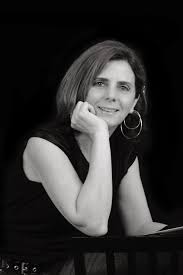 Tell the Truth. Make It Matter.: A Memoir Writing Workbook is a collection of exercises or more. Are these the same exercises you use in your workshops? What have been the reactions from participants to those exercises?
Tell the Truth. Make It Matter.: A Memoir Writing Workbook is a collection of exercises or more. Are these the same exercises you use in your workshops? What have been the reactions from participants to those exercises? Poets are often an intriguing bunch, and Sandra Hochman is no exception. She was on the front lines of the women’s movement and even interviewed Gloria Steinem. She also directed 1973 documentary
Poets are often an intriguing bunch, and Sandra Hochman is no exception. She was on the front lines of the women’s movement and even interviewed Gloria Steinem. She also directed 1973 documentary 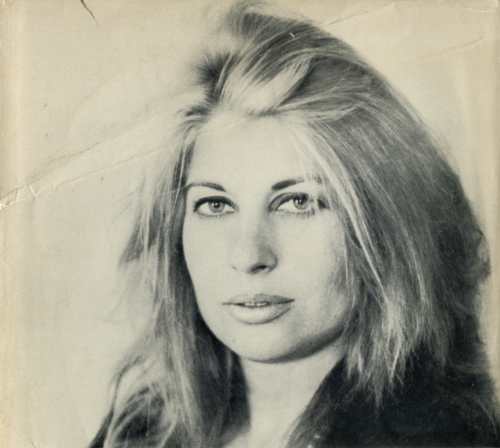 About the Poet:
About the Poet: If you missed my review of
If you missed my review of 
 5. Now that you’ve moved out of Maryland into another state, did you find that you could finish the book more easily because you missed your former home?
5. Now that you’ve moved out of Maryland into another state, did you find that you could finish the book more easily because you missed your former home? 
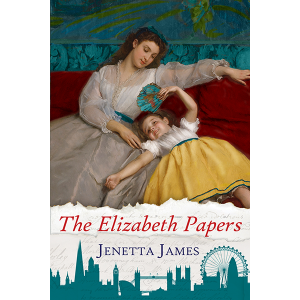
 About the Author:
About the Author:


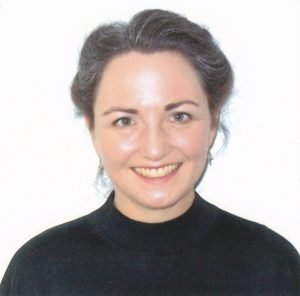 About the Author:
About the Author: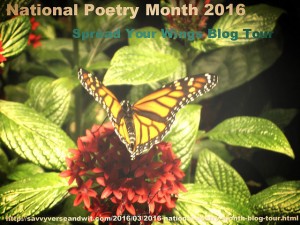
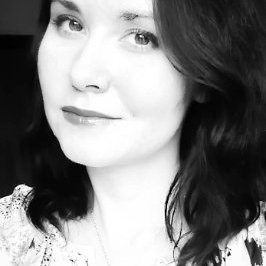 About the Poet:
About the Poet: